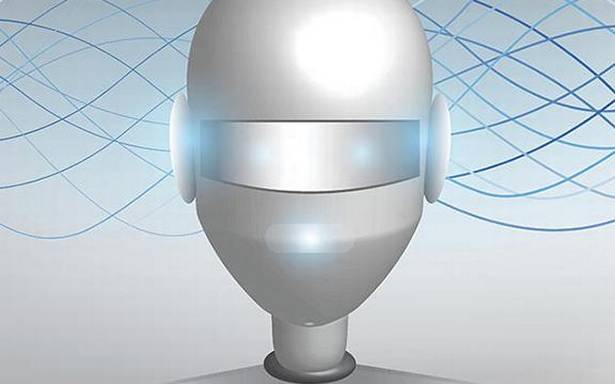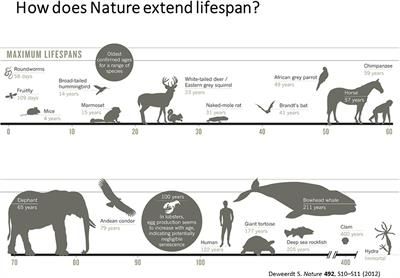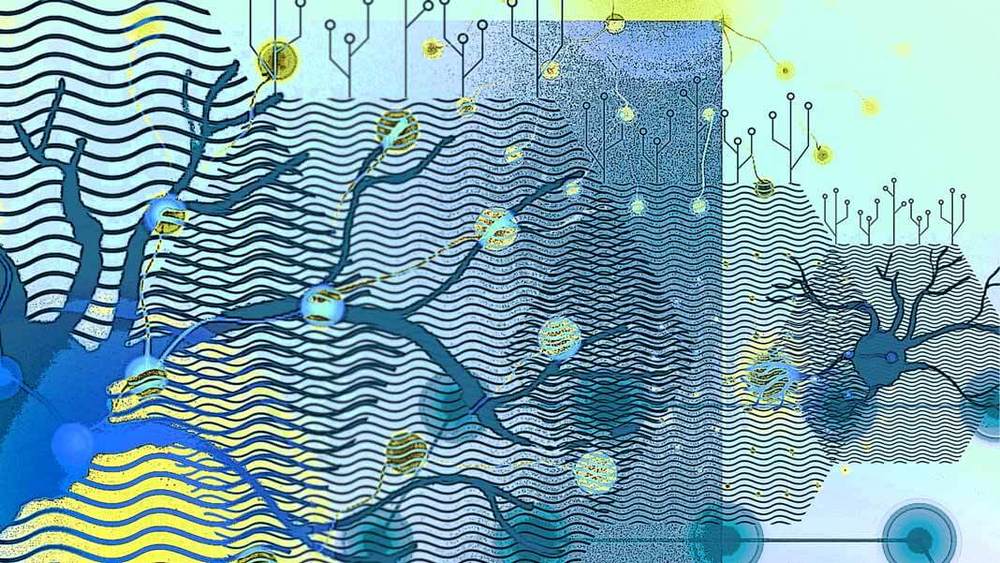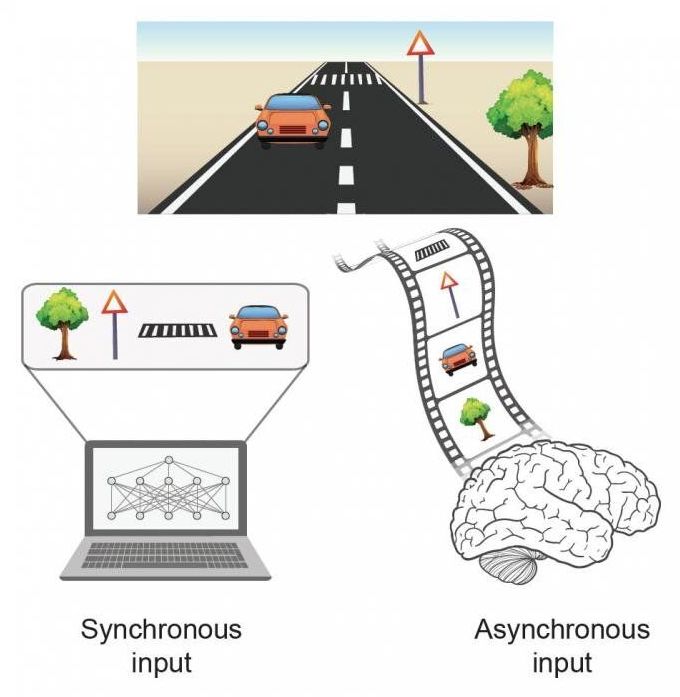An AI system introduced in 2015 with much fanfare in the U.S. failed to recognise faces of African Americans with the same accuracy as those of Caucasian Americans. | Photo Credit: AP


An AI system introduced in 2015 with much fanfare in the U.S. failed to recognise faces of African Americans with the same accuracy as those of Caucasian Americans. | Photo Credit: AP

If you want a vision of the future, imagine a thousand bots screaming from a human face – forever (apologies to George Orwell). As U.S. policymakers remain indecisive over how to prevent a repeat of the 2016 election interference, the threat is looming ever more ominous on the horizon. The public has unfortunately settled on the term “bots” to describe the social media manipulation activities of foreign actors, invoking an image of neat rows of metal automatons hunched over keyboards, when in reality live humans are methodically at work. While the 2016 election mythologized the power of these influence-actors, such work is slow, costly, and labor-intensive. Humans must manually create and manage accounts, hand-write posts and comments, and spend countless hours reading content online to signal-boost particular narratives. However, recent advances in artificial intelligence (AI) may soon enable the automation of much of this work, massively amplifying the disruptive potential of online influence operations.
This emerging threat draws its power from vulnerabilities in our society: an unaware public, an underprepared legal system, and social media companies not sufficiently concerned with their exploitability by malign actors. Addressing these vulnerabilities requires immediate attention from lawmakers to inform the public, address legal blind spots, and hold social media companies to account.


In the 1990s farmed fish (aquaculture) accounted for about one-quarter of global seafood production according to the UN Food and Agricultural Organization. Now, with demand rising and the ocean’s resources being steadily depleted, aquaculture has overtaken wild fishery, globally producing more than 100 million metric tonnes of seafood each year.
Artificial intelligence is increasingly used in aquaculture management to analyze water conditions, environmental changes and fish status. And nowhere are these emerging fishing industry technologies more important than in Japan.
According to a report by private research group Yano Economic Research Institute, Japan’s aquaculture market will reach JP¥20.3 billion in 2021, an increase of 53 percent from 2016. AI-powered smart fisheries will account for JP¥1.3 billion, a figure that is rising quickly.

Artificial intelligence (AI) has emerged as a powerful approach for integrated analysis of the rapidly growing volume of multi-omics data, including many research and clinical tasks such as prediction of disease risk and identification of potential therapeutic targets. However, the potential for AI to facilitate the identification of factors contributing to human exceptional health and life span and their translation into novel interventions for enhancing health and life span has not yet been realized. As researchers on aging acquire large scale data both in human cohorts and model organisms, emerging opportunities exist for the application of AI approaches to untangle the complex physiologic process(es) that modulate health and life span. It is expected that efficient and novel data mining tools that could unravel molecular mechanisms and causal pathways associated with exceptional health and life span could accelerate the discovery of novel therapeutics for healthy aging. Keeping this in mind, the National Institute on Aging (NIA) convened an interdisciplinary workshop titled “Contributions of Artificial Intelligence to Research on Determinants and Modulation of Health Span and Life Span” in August 2018. The workshop involved experts in the fields of aging, comparative biology, cardiology, cancer, and computational science/AI who brainstormed ideas on how AI can be leveraged for the analyses of large-scale data sets from human epidemiological studies and animal/model organisms to close the current knowledge gaps in processes that drive exceptional life and health span. This report summarizes the discussions and recommendations from the workshop on future application of AI approaches to advance our understanding of human health and life span.
Aging is often described as the outcome of interactions among genetic, environmental and lifestyle factors with wide variation in life and health span between and within species (Newman and Murabito, 2013; Partridge et al., 2018; Singh et al., 2019). Exceptional life and health span represents an extreme phenotype characterized by exceptional survival (well-beyond average life expectancy), delayed onset of age-related diseases (before 80 years of age) (Pignolo, 2019) and/or preservation of good health/function relative to their peers (Perls et al., 2000, 2002; Kaeberlein, 2018). The identification of SNP associations with exceptional life and health span is a starting point for identifying targets for interventions that could potentially promote healthy human aging.

Artificial intelligence hit some key milestones in 2017. At Facebook, chatbots were able to negotiate as well as their human counterparts. A poker-playing system designed by Carnegie Mellon professors mopped the floor with live opponents. There were even some potentially life-saving breakthroughs, like the machine vision system that can determine whether a mole is cancerous with more than 90 percent accuracy—beating out a group of dermatologists.
From agriculture to medicine and beyond, plenty of startups are using AI in innovative ways. Here are five companies you should expect big things from in 2018.
SoundHound has been around for 13 years, and has spent that time trying to build the most powerful voice assistant ever. The startup began by creating a Shazam-like song recognition app called Midomi; now, the newly released Hound app is capable of answering complex voice prompts like, “Show me all below-average-priced restaurants within a five-mile radius that are open past 10 p.m. but don’t include Chinese or pizza places,” or “What’s the weather like in the capital of the biggest state in the U.S.?”

Singularity University, Singularity Hub, Singularity Summit, SU Labs, Singularity Labs, Exponential Medicine, Exponential Finance and all associated logos and design elements are trademarks and/or service marks of Singularity Education Group.
© 2019 Singularity Education Group. All Rights Reserved.
Singularity University is not a degree granting institution.

Machine learning, introduced 70 years ago, is based on evidence of the dynamics of learning in the brain. Using the speed of modern computers and large datasets, deep learning algorithms have recently produced results comparable to those of human experts in various applicable fields, but with different characteristics that are distant from current knowledge of learning in neuroscience.
Using advanced experiments on neuronal cultures and large scale simulations, a group of scientists at Bar-Ilan University in Israel has demonstrated a new type of ultrafast artificial intelligence algorithms—based on the very slow brain dynamics—which outperform learning rates achieved to date by state-of-the-art learning algorithms.
In an article published today in the journal Scientific Reports, the researchers rebuild the bridge between neuroscience and advanced artificial intelligence algorithms that has been left virtually useless for almost 70 years.

Just five months ago at the RSA conference, the NSA released Ghidra, a piece of open source software for reverse-engineering malware. It was an unusual move for the spy agency, and it’s sticking to its plan for regular updates — including some based on requests from the public.
In the coming months, Ghidra will get support for Android binaries, according to Brian Knighton, a senior researcher for the NSA, and Chris Delikat, a cyber team lead in its Research Directorate, who previewed details of the upcoming release with CyberScoop. Knighton and Delikat are discussing their plans at a session of the Black Hat security conference in Las Vegas Thursday.
Before the Android support arrives, a version 9.1 will include new features intended to save time for users and boost accuracy in reverse-engineering malware — enhancements that will come from features such as processor modules, new support for system calls and the ability to conduct additional editing, known as sleigh editing, in the Eclipse development environment.
The Defense Advanced Research Projects Agency (DARPA) is experimenting with using a swarm of autonomous drones and ground robots to assist with military missions. In a video of a recent test, DARPA showed how its robots analyzed two city blocks to find, surround, and secure a mock city building.
DARPA conducted its test back in June in Georgia, featuring both drones and ground-based robots. The demonstration was part of DARPA’s OFFensive Swarm-Enabled Tactics (OFFSET) program, which is designed to eventually accompany small infantry units as they work in dense urban environments, and could eventually scale up to 250 drones and ground robots. The test back in June was the second of six planned tests, which DARPA says will increase in complexity as they happen over the next couple of years.